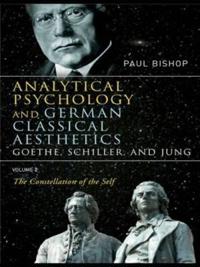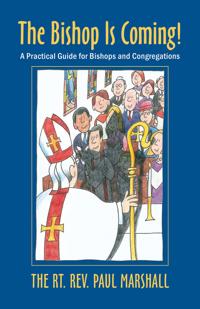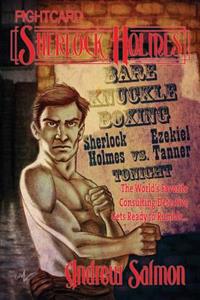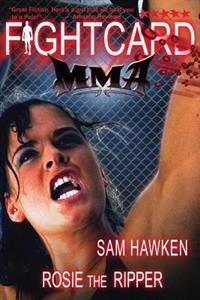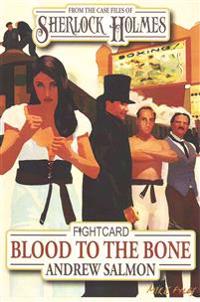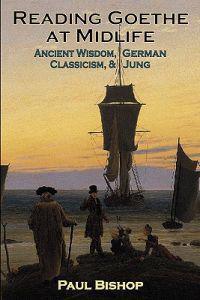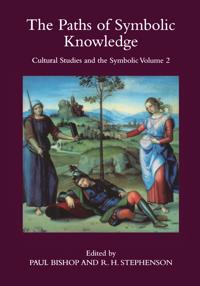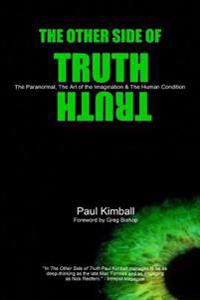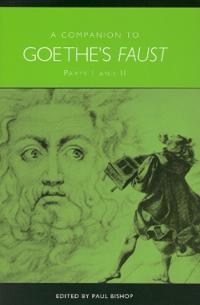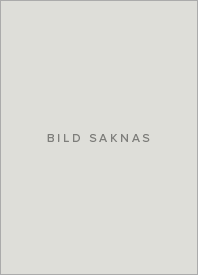Analytical Psychology and German Classical Aesthetics: Goethe, Schiller and Jung (Storpocket)
avPaul Bishop
ISBN: 9780415430296 - UTGIVEN: 200807The second volume of Analytical Psychology and German Classical Aesthetics builds on the previous volume to show how German classicism, specifically the classical aesthetics associated with Goethe and Schiller known as Weimar classicism, was a major influence on psychoanalysis and analytical psychol[...]
The Bishop Is Coming! (Pocket)
avPaul Victor Marshall
ISBN: 9780898695427 - UTGIVEN: 2007-04This short book has a dual purpose and is aimed at two audiences: Through practical instruction and guidance, it equips bishops to minister effectively as the chief pastor in the diocese, while helping clergy and congregations reduce the eternal anxiety around the words, "The bishop is coming." Real[...]
Rumble in the Jungle: Fight Card Series (Häftad)
avJack Tunney, Paul Bishop, Mel Odom
ISBN: 9781482530087 - UTGIVEN: 2013-04The Kalamazoo Kid (Häftad)
avJeremy Brown, Paul Bishop, Mel Odom
ISBN: 9781484186961 - UTGIVEN: 2013-04Sherlock Holmes Work Capitol (Häftad)
avAndrew Salmon, Paul Bishop, Mel Odom
ISBN: 9781494301330 - UTGIVEN: 2013-11Sherlock Holmes Blood to the Bone (Häftad)
avMR Andrew Salmon, MR Paul Bishop
ISBN: 9781508711148 - UTGIVEN: 2015-03Reading Goethe at Midlife (Häftad)
avPaul Bishop
ISBN: 9781935528104 - UTGIVEN: 2011-06The transition from the first and second stages of life (childhood and youth) to its third and final stages (old age and death) is what Jung called the "midlife crisis." This book explores the idea of midlife crisis by means of a close reading of Jung's paper "The Stages of Life." Read in terms of t[...]
The Paths of Symbolic Knowledge (Pocket)
avPaul (EDT) Bishop, R. H. (EDT) Stephenson, Paul (EDT) Bishop
ISBN: 9781904350279 - UTGIVEN: 2006-12The famous story of the choice of Hercules became one frequently depicted in Western art and, as Ernst Panofsky showed, the various treatments of this theme demonstrate the significance of cultural continuity through the centuries. At the same time, the motif of Hercules and his choice presents us w[...]
The Other Side of Truth: The Paranormal, the Art of the Imagination, and the Human Condition (Häftad)
avPaul Kimball, Greg Bishop
ISBN: 9780991697502 - UTGIVEN: 2012-10A Companion to Goethe's Faust (Pocket)
avPaul (EDT) Bishop
ISBN: 9781571133359 - UTGIVEN: 2006-05Undisputedly a canonical work, "Goethe's Faust" is also the key to understanding its author, one of European civilization's most complex figures. Written over several decades, the work spans both Goethe's life and an age of enormous social, political, philosophical, and artistic change - even revolu[...]
Tragic mission of bishop Paul Juusten to tsar Ivan the Terrible the (Häftad)
avIiro Kajanto
ISBN: 9789514107603 - UTGIVEN: 1995-01

